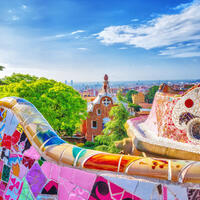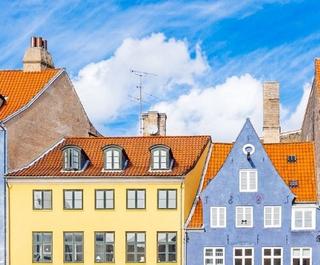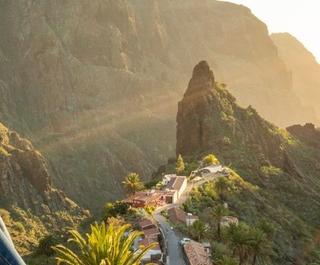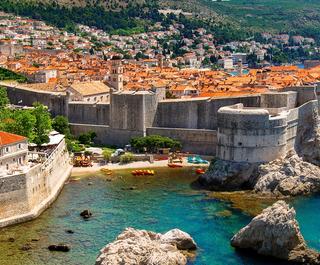
Is this Spain's most picturesque road trip?
Day 1: This Here Is Olive Oil Country
Málaga to Antequera: 51.8km
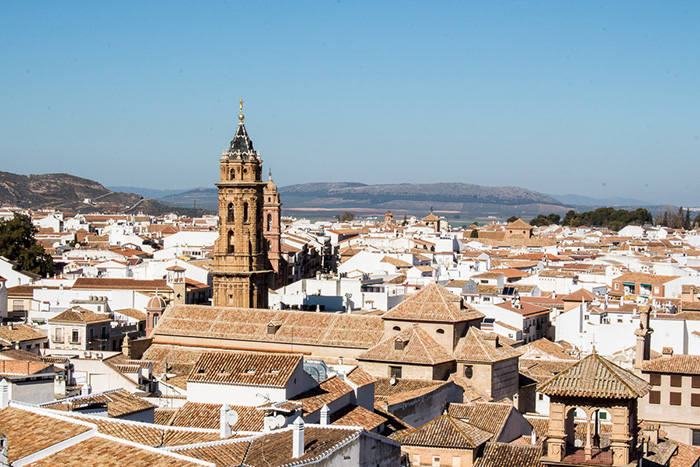 Antequera. Image: James Taylor
Antequera. Image: James Taylor
“James! We love tourism. It’s the only industry here apart from agriculture. And nobody wants to work in agriculture!” says Victor Perez, owner and chief engineer at Finca La Torre, an olive oil mill close to Málaga on the Costa del Sol. Smiling at his own joke, he calls me to attention again to continue the tour of the mill.
“James! What do you know about olive oil?” he asks. I mumble something about having it with tomato on toast, and with a sympathetic look, Victor launches into the origins of olive oil and the secrets of its quality. Amazingly, the production of olive oil on this spot of land dates all the way back to 210 B.C. Spain produces almost 50% of the world’s supply of olive oil, and 75% of that originates in Andalucía.
“James! Try our oil, and then this one from the supermarket. Can you tell the difference?” he says.
Surprisingly, I’m able to. It’s this depth that abounds across this sunny Spanish region, one of the most visited in the country. A road trip is the perfect way to travel through the Costa del Sol; I’m able to swerve past the tacky and overcrowded tourist spots and delve deeper into what made it popular to begin with, besides the beaches.
Antequera sits roughly 50km north of the bright and vibrant Málaga and 15 minutes’ drive from the olive oil mill, the town a dazzling collection of historic sites. Standing guard over the historic city is a grand Alcazaba, giving insight into the storied Moorish past of southern Spain. I mosey about Antequera soaking up its baroque Spanish charm; with over 30 churches, it’s no wonder it’s called ‘the Florence of Andalucía’. Topping it off are two Bronze Age burial mounds north of the city limits.
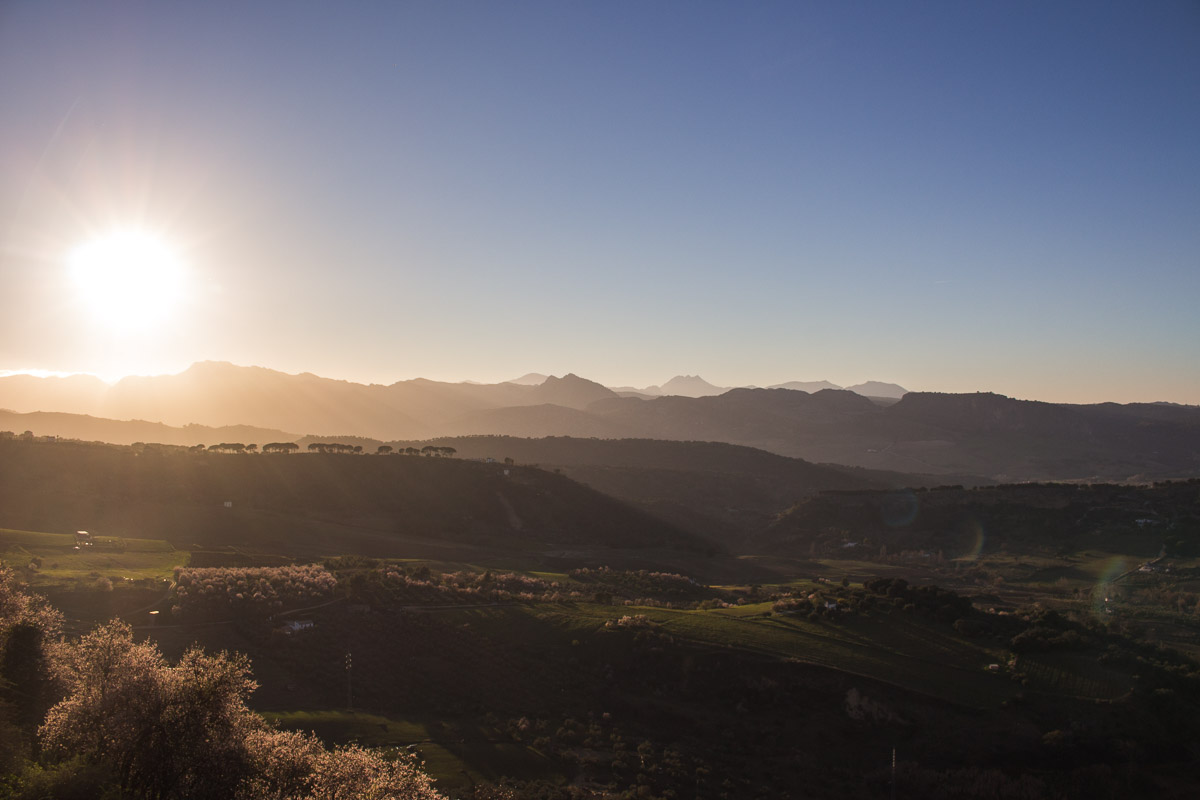 The drive at sunset. Image: James Taylor
The drive at sunset. Image: James TaylorDay 2: Wine and Bandits in the West
Antequera to Ronda: 88.4km
 Descalzos Viejos. Image: James Taylor
Descalzos Viejos. Image: James Taylor
About 90km west, past gentle rolling hills of perfectly straight olive groves and large wind turbines atop distant mountains, Ronda is a city trapped in time. With the onset of modern travel across Andalucía, the city fell by the wayside thanks to its location.
“It used to be an important city in the region, but now there are only a few buses and trains a day” Flavio says, owner of the winery Descalzos Viejos. It’s nestled against the cliffs of Ronda, the winery itself a former Trinitarian Monastery dating back to the 16th Century. We make our way out onto the patio to taste wine and discuss life, something that Flavio does with all his guests.
“I used to design the skyscrapers in Buenos Aires, and now I’m here!” he says, gesturing to the plain below where the vines are.
“Life is good here. We realise people want to visit, and we don’t resent them. We’re glad to be sharing, but there’s more to this region than beaches’ he says.
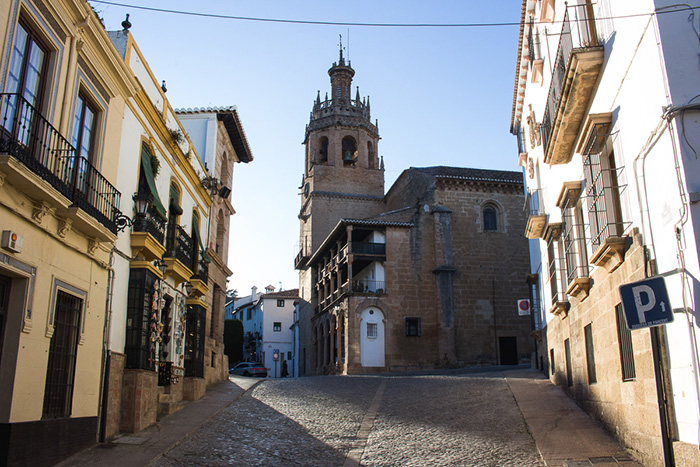 Ronda. Image: James Taylor
Ronda. Image: James TaylorRonda is home to a beautiful Moorish old town brimming with choice tapas bars, split dramatically in two by the 120-metre-deep Tajo Gorge but united at three points by marvellous stone bridges. It’s a fitting city to be at the centre of stories about the Spanish bandits, charming outlaws akin to Ned Kelly. After a visit to the Museo del Bandolero that explores the history of the bandits, the town takes on a roguish tinge as evening falls and I wander into the dirt-cheap tapas bars to sample the local fare with the locals.
Day 3: Where the Mountains meet the Sea
Ronda to Estepona: 68.1km
Estepona to Málaga: 91.6km
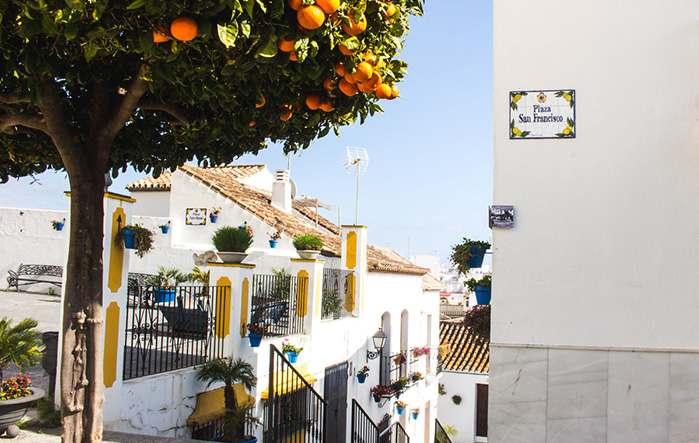 Estepona. Image: James Taylor
Estepona. Image: James Taylor
Cruising back towards the coast from Ronda, the roads winds over misty mountains populated only by wild goats and forgotten deserted rest stops, the glittering Mediterranean in the distance. I enter Estepona, a town that remains lovingly devoid of the large beach hotels that plague cities like Marbella lying a little bit further north. Its old town is a labyrinth of cobbled streets and white-washed houses, with vibrant flowers spilling over every windowsill, balcony and doorway. Later, I drive up the coast, passing right through Marbella and Fuengirola to where tourism began along this stretch of coast.
Torremolinos was the site of the first 5-star hotel in the region, in what was then a small fishing village. The locals scoffed at the idea of the glitzy Hotel Pez Espada, but others did not; soon, it became one of the hottest places to stay in Spain for Hollywood celebrities in the 50s and 60s. But it was Frank Sinatra who left an everlasting mark on this small town – after being arrested at the hotel bar.
Deported and fined for his involvement in a fight with a journalist and actress at the bar, Frank famously said “I’ll never return to this damned country” as the police chucked him on the plane at Málaga airport. But that’s alright Frank, many others still do. And despite the Costa del Sol being one of Spain’s most visited locations, it hasn’t lost its Andalusian charms - something that in this age of over-tourism is impressive.


